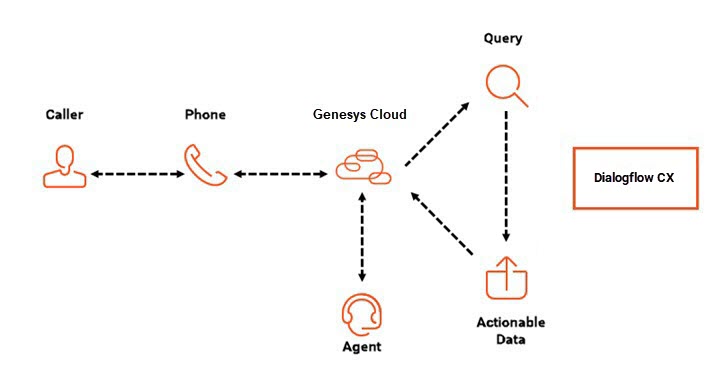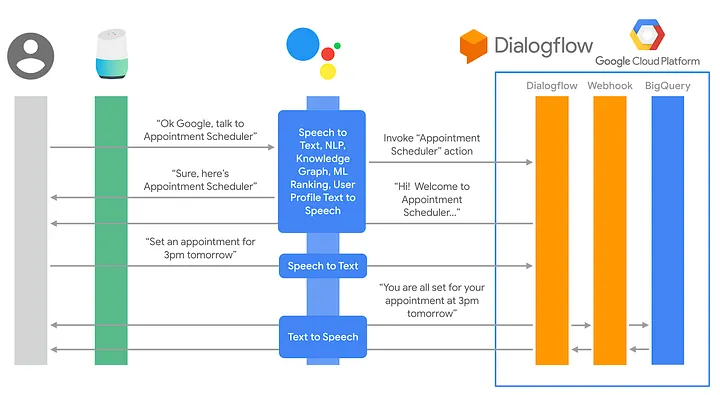When you think of chatbots, the first thing that comes to mind is usually a clunky bot that misunderstands half of what you say. Dialogflow CX is Google’s attempt to fix that, not by making bots “smarter,” but by giving developers a clear way to design conversations that actually work.
Instead of managing hundreds of disconnected “intents,” CX uses a flow builder. Imagine drawing a map of how a real conversation might go, greetings, questions, clarifications, endings. Each box on that map represents a step, and CX lets you control what happens at each one.
What Makes Dialogflow CX Different?
Most of us are used to basic chatbots: ask a question, get a fixed reply. But real conversations are rarely that linear. People change their minds, ask side questions, or jump topics.
Dialogflow CX solves this by:
1. Allowing branching paths in conversations.
2. Keeping track of context, so users don’t have to repeat themselves.
3. Giving designers a clear, visual flow builder to map the entire user journey.

Where You’d Actually Use It? A Simple Example
- A user says, “I want to book a flight.”
- The bot asks: “Where are you flying to?”
- The user might answer directly (“Mumbai”), or change their mind halfway (“Actually, I need a hotel instead”).
With CX, both paths are already mapped out. The bot doesn’t freeze, it adapts, because both branches exist in the flow design.
Why It Matters for Businesses
For companies, this means:
- Better customer experience (users don’t get stuck).
- Less drop-off (frustrated users usually abandon).
- Faster training for teams (because the flows are visual and easy to update).
Whether it’s support desks, retail stores, or fintech services, CX makes scaling conversations much easier.

Why Choose Dialogflow CX Over Other Tools?
When comparing Dialogflow CX with other conversational AI platforms, its biggest strengths lie in scalability, intuitive flow design, and deep Google Cloud integration. Unlike traditional chatbots, Dialogflow CX uses a state machine approach that allows for smoother, context-aware conversations, even across complex customer journeys. This makes it particularly powerful for enterprises handling thousands of daily interactions. At KognivAI, we don’t just implement Dialogflow CX, we help businesses customize it to match their industry needs, ensuring maximum ROI. From mapping customer journeys to deploying AI-powered assistants, our expertise ensures that organizations unlock the full potential of Dialogflow CX.
How KognivAI Can Help
At KognivAI, we don’t just experiment with tools like Dialogflow CX, we put them to work in real-world scenarios. Our team specializes in designing custom conversational agents that align with your business goals, whether that’s reducing support tickets, improving lead capture, or giving users a smooth self-service option.
Instead of one-size-fits-all bots, we focus on tailored flows, thoughtful design, and integrations with your existing systems, so your chatbot doesn’t just respond, but actually drives results.
Final Thoughts
Most chatbots fail because they’re rushed. Dialogflow CX forces you to slow down and design the conversation before plugging in the tech. That’s its real value, giving structure to something as messy as human conversation.
👉 If you’re planning to build one and want guidance, feel free to reach out, our team at KognivAI has been experimenting with CX to create assistants that actually make sense to users.
Looking to build powerful AI-driven conversations for your business? Share your details below and the KognivAI team will get in touch with you.

